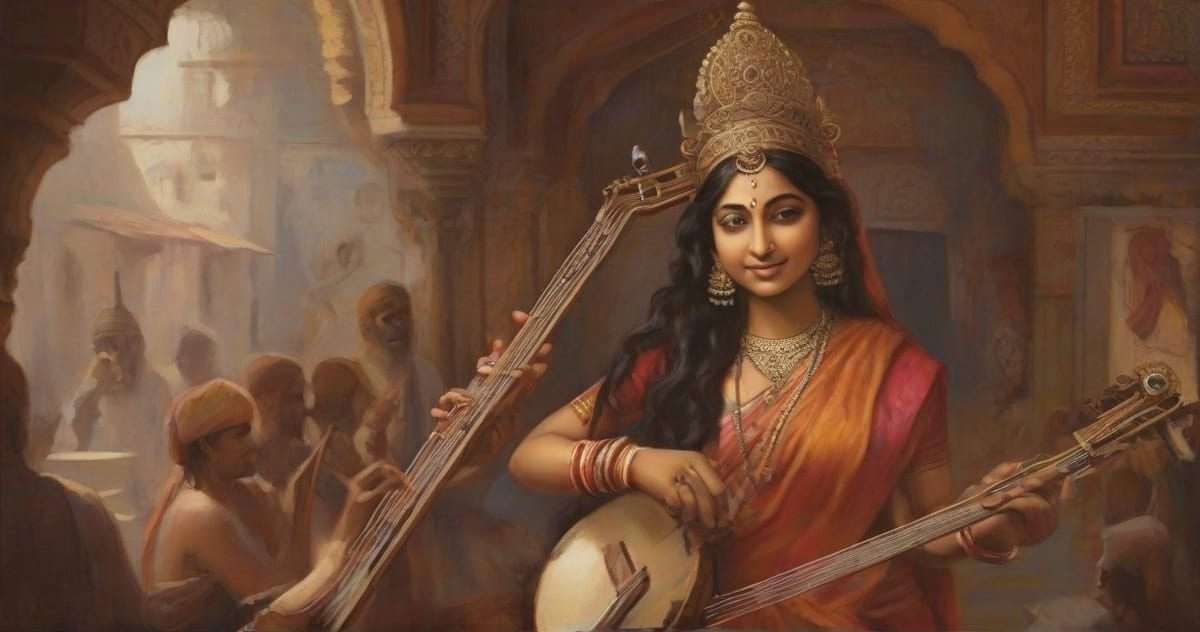history of Indian music
Introduction
The Rishi tradition is deeply ingrained in the history of Indian music. The world was first exposed to the art of music by the heavenly philosopher Narada, as the rich history of Indian music demonstrates. This is thought to be the origin of music on Earth. The Nadabrahma or Om mantra is said to be the first sound in the universe, according to Hindu mythology. The universe is filled with this music. It is the cleanest sound that is worthy of being heard since it is the manifestation of the divine power.
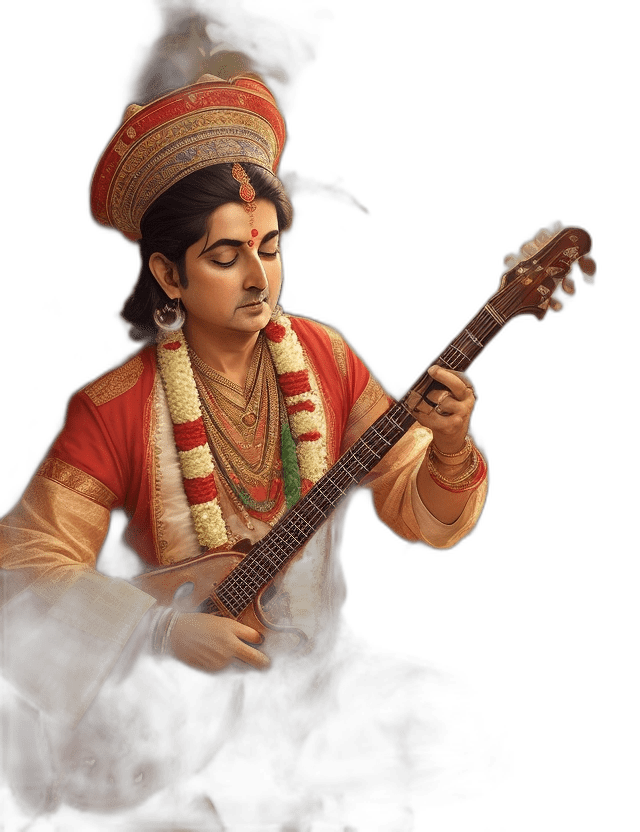
Brahma. It is thought that the musician’s “Sadhana,” or devoted endeavor, aims to realize this pure sacred sound. The fact that music progressively evolved into new forms is revealed by the history of Indian music. At first, music was utilized exclusively in temples for religious and ceremonial purposes, with devotional content. Indian music began as ritual music and subsequently transformed into holistic music through collaboration with folk music and other Indian musical genres.
history of Indian music: In ancient India
India’s musical history dates back two millennia, to the Vedic period. The Vedic era is when the idea of Nadabrahma first occurs. The oldest raga in music has its origins explained by the Samaveda, which is also the source of music itself. Panini made the first mention of music in 500 BCE, while music theory was first mentioned in 400 BCE. discovered in ‘Rikpratisakhya’. The fourth-century AD Bharata Natyashastra, which breaks down music into 22 srutis and octaves, was likely the earliest treatise on music to be written down explicitly.
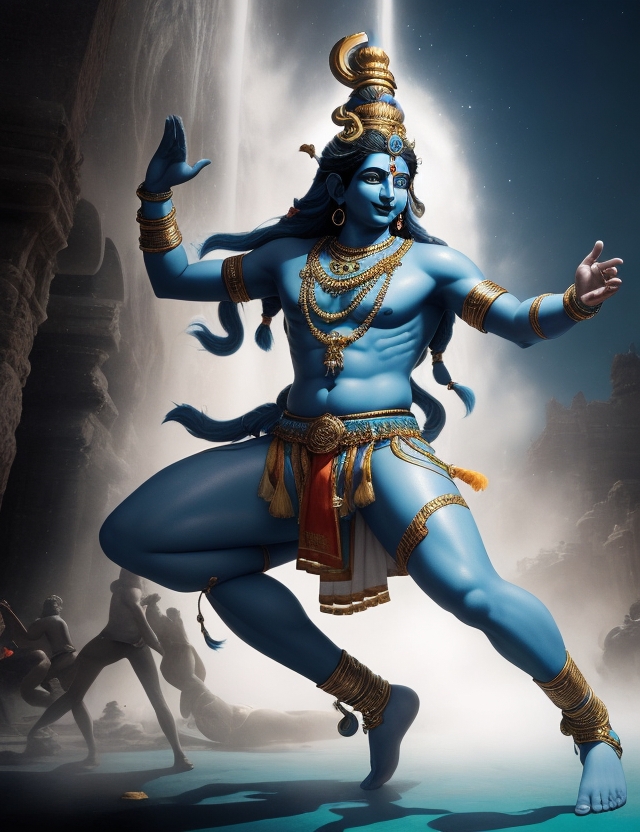
It includes several chapters on music”Dathilan,” the next significant treatise on music, likewise makes reference to the occurrence of twenty-two srutis per octave. These twenty-two Shrutis are the only keys that can be made by humans, so the traditional belief goes. A few other works from this era are “Brihaddesi,” written by Matanga in the ninth century AD, which makes an attempt to explain the raga; “Sangita Makaranda,” written by Narada in the eleventh century AD, which lists ninety-three ragas and divides them into species that are masculine and feminine; “Swaramela Kalanidhi,” written by Ramamatya in the sixteenth century AD; and “Chaturdandi Pratishaka,” written by Venkata Makhi in the seventeenth century CE.
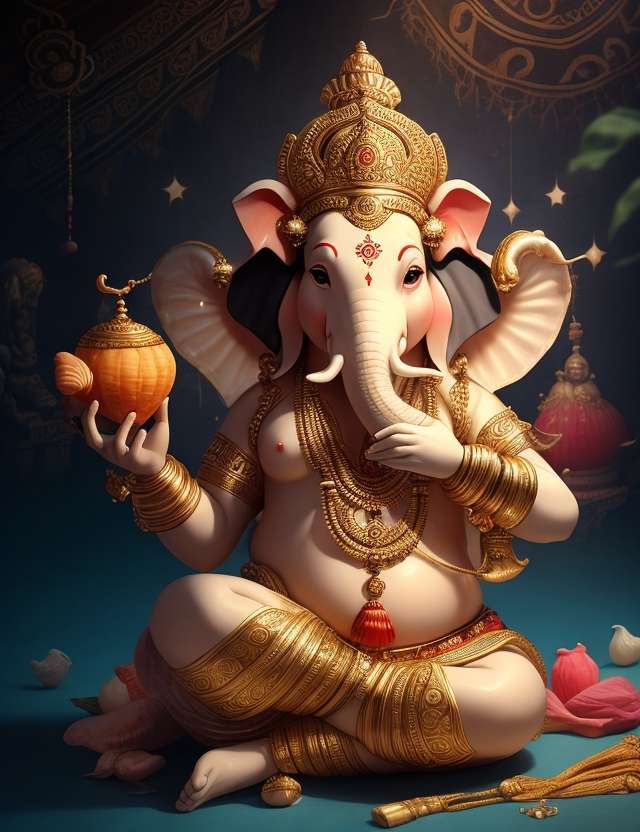
history of Indian music
Samagan, or the chanting of wholly melodic phrases, was a common style of music from three thousand to twelve hundred BC. The direction of the music shifted after that. The epics were spoken in a style known as “Jatigan,” which was melodic. The Sanskrit-language music genre known as “Praband Sangeet” rose to prominence in the second through seventh centuries AD. This form gave rise to a more basic form known as Dhrupad, which was medium in Hindi. The Gupta era is regarded as the pinnacle of Indian music history.
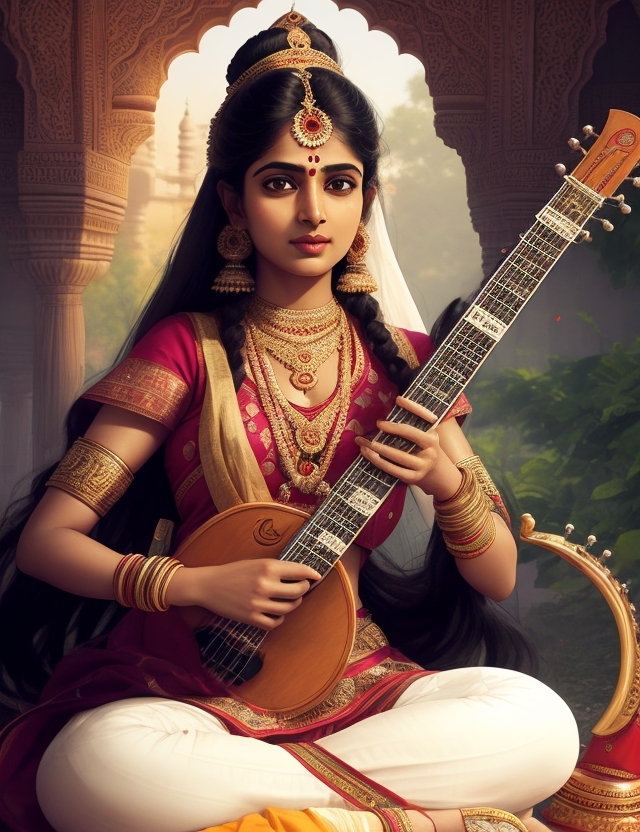
history of Indian music: In Medieval India
Due to the effects of the Muslim invasion, Indian music underwent a transformation during the Middle Ages. At this point, Indian music began to split into two categories: Carnatic music and Hindustani music. About the fourteenth century, these two musical traditions started to separate. Significant alterations were made to the northern Indian music style by Persian influence. The music shifted to dhrupad, a traditional style of devotional chanting, in the fourteenth century.
In the eighteenth century, Khayal created a brand-new singing technique. Hindustani music places more emphasis on musical structure than Carnatic classical, which is mostly based on literature or lyrics. Carnatic music has continued to use the conventional octave method, but Hindustani music has embraced the Shuddha Swara Saptak scale or the octave of natural notes. Carnatic and Hindustani music are both excellent systems. Additionally, take in local customs and folk music, and give many of these songs the status of ragas. As a result, these two musical systems have impacted one another.

history of Indian music: In modern India
The British occupation of India led to a fall in court art. Most musicians were forced to pursue other careers because the majority of Nawabs and nobles were no longer the owners of their own land and had no prizes with which to support artists. Even after independence, some families were resilient enough to withstand the tests of time and maintain their strength.
In general, Indian music lost prominence, and the resources and enthusiasm needed to keep it alive started to dwindle. New media started to appear in the nation that was modernizing quickly; this was a slow evolution. Thus, western influence began to seep into Indian music with the introduction of television, radio, etc. There, popular music, or “pop” music, began to spread quickly, and the popularity of movies only served to accelerate this tendency. When Indian classical music began to be marketed abroad in the 1960s, Western music and Indian classical music began to be combined. This led to the creation of what is known as fusion music.
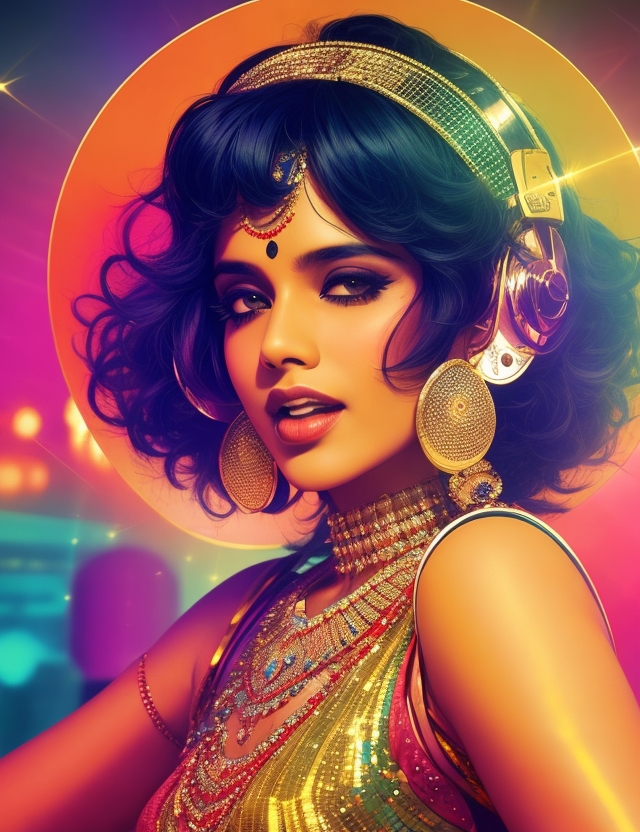
Pop and disco music made a big splash when they first appeared in Indian music in the 1970s and 1980s. The pop trend gained greater traction with Indian consumers in the 1990s. We witness a wide range of musical genres in modern India, including jazz, hip-hop, R&B, rock, and others, due to the expanding global community. There are traditional styles of music in addition to these Western genres. In addition to these Western styles, there are traditional styles as well. Contemporary music also incorporates Indian music such as Khayal, Ghazal, Geet, Thumri, Qawwali, and so forth. All around the nation, kirtans and bhajans—two distinct streams of religious songs—are also frequently sung
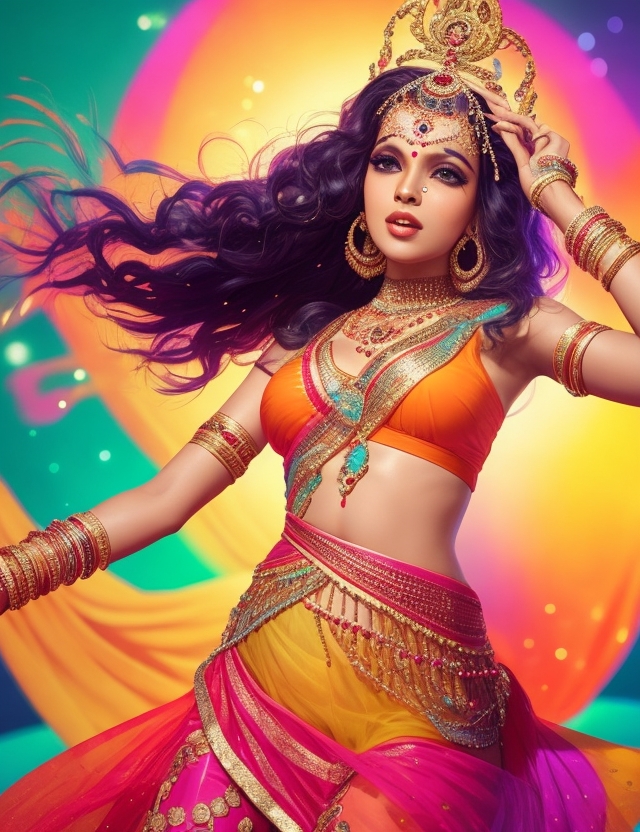
history of Indian music: folk music
Over the years, India has undergone a protracted and constant journey. It has persisted in existing since antiquity and into the present day. The oral tradition of recounting historical details of folk life in ballads is not all that dissimilar from the writings of learned pundits in India. Two famous Indian epic oral traditions that were written down in the early Aryan eras are the Mahabharata and the Ramayana.
For the vast majority of people, they still exist in this form, being repeated in various forms of theater, dance, and song. Heroic values and everyday routines are reinforced via the medium of these epics. Pundits and the general public alike honor the custom and show mutual regard for it. Folk is classical, and classical is folk, like other things. As a result, folk music has endured through the decades, untouched by historical events.
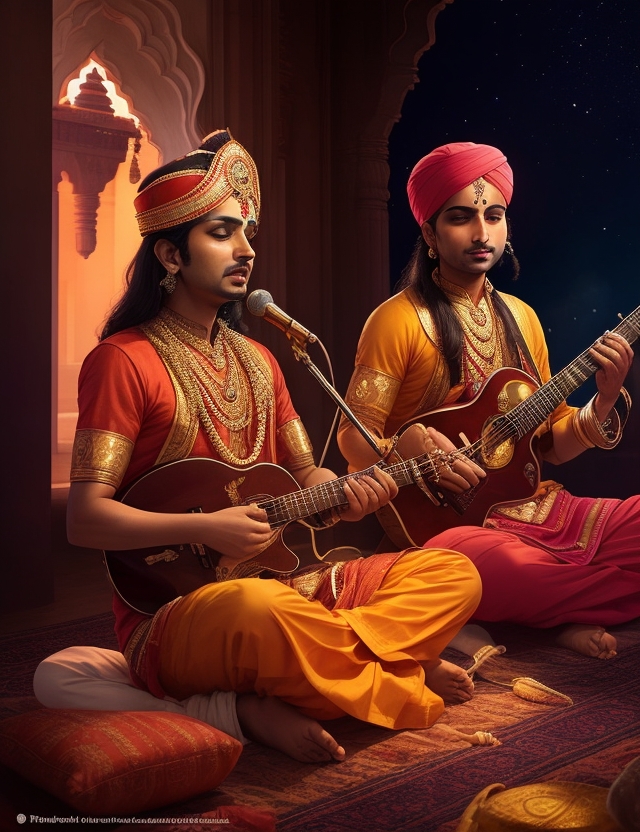
history of Indian music: About Indian musical instruments.
In India, musical instruments have a long history and are believed to have heavenly origins. The majority of the deities are pictured holding yantras. Similar to how Goddess Lord Shiva wields the Damru, Lord Ganesha holds the conch, Goddess of Knowledge Sharda holds the Veena, and Krishna is well-known for playing the flute. The ancient Mahabharata and Ramayana scriptures also make reference to a wide variety of musical instruments. Many musicians are claimed to have performed during Lord Ram’s Ashwamedha Yagya.
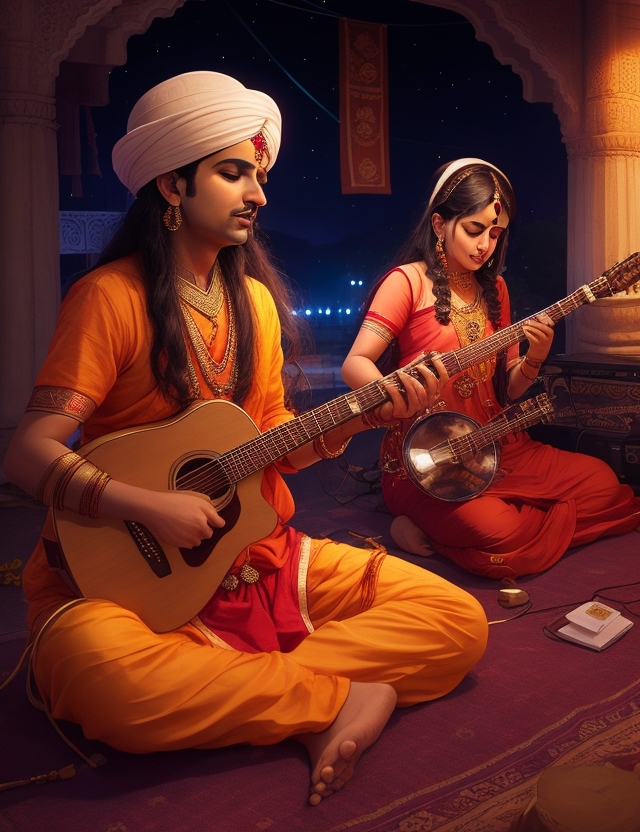
The Ramayana mentions a number of musical instruments, including the Veena, Dundhubi, Mridangam, Bheri, Ghat, Panav, Pataha, and Dindima. Thus, there is a long history of musical instruments. Indian music has traditionally featured instruments such as the Sarangi, Veena, Mridangam, Sitar, Tambura, Nadaswaram, Shehnai, flute, ghatam, and more. New musical instruments began to appear all over India as a result of globalization and the tendency toward greater.
Western influence. Thus, among the new musical instruments are the mouth organ, trumpet, violin, guitar, drum, and piano. These instruments are frequently employed in classical music, including the violin in Carnatic music, as well as in other popular music genres, cinema music, and other ensembles. The story of Beauty and the Beast is our most-read article.
beauty and the beast story
As such, the Indian music journey forms the basis of the history of Indian music. To purchase any kind of musical instrument, go to Amazon Storehttps://amzn.to/45B4lyE
